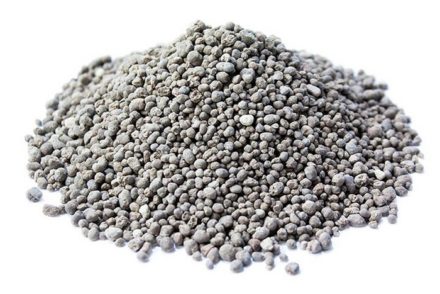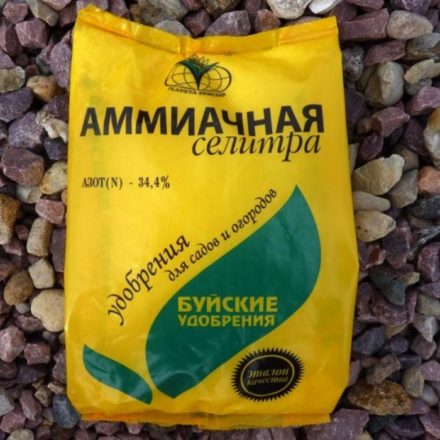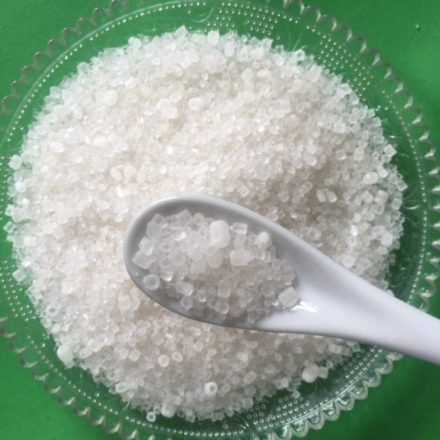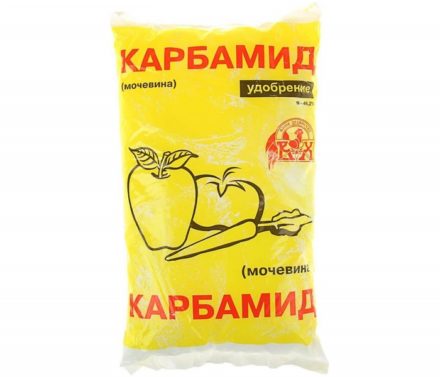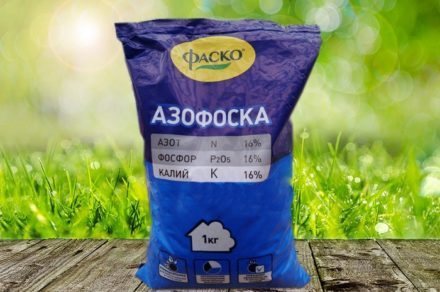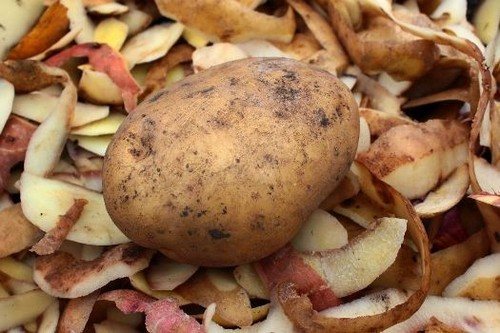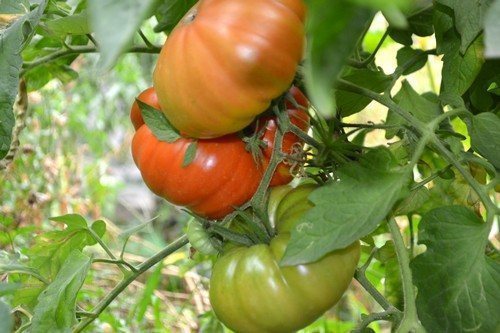Superphosphate is a phosphorus fertilizer widely used by gardeners, which has earned popularity due to its effectiveness and availability. The drug is used for autumn applications, but feeding in the spring is considered more productive.
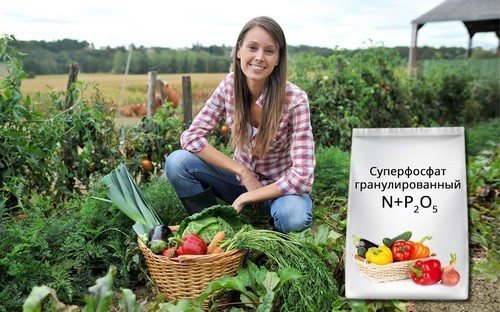
a brief description of
The basis of superphosphate is phosphorite and apatite concentrate; in addition, the substance contains most of the microelements required for the proper development of the plant. Its composition contains up to 10% sulfur, 0.5% magnesium and up to 12% calcium.
Fertilizer release form:
- Round granules of light gray color, with a diameter of 3 to 5 mm.
- Powder in gray shades.
The substance has a beneficial effect on the comprehensive development of vegetable and fruit crops. Fertilizer promotes:
- root formation;
- accelerating the growth of vegetative mass;
- abundant flowering;
- development of immunity to diseases;
- resistance to adverse weather conditions;
- improving the taste characteristics of fruits.
Types of superphosphate
Depending on the type of fertilizer, the method of application and dosage may differ:
- Simple superphosphate. Its composition includes up to 20% of digestible phosphorus; in addition, it contains admixtures of gypsum, silica, aluminum compounds, iron and fluorine. It is used on all types of soil and has a beneficial effect on crops that consume significant amounts of sulfur. These include cereals and legumes.
- Double superphosphate. The fertilizer contains up to 46% of the substance.Calcium sulfate, monomagnesium phosphate, aluminum compounds, iron and other substances are present as impurities. The fertilizer is applicable on all types of soil. It is used for vegetables, fruits and cereals.
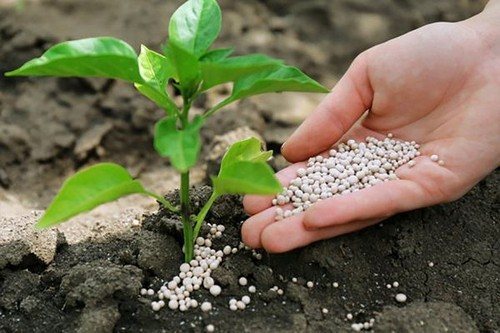
Spring application
When using simple superphosphate, it is important to take into account that the substance is practically not absorbed on acidic soils. In such cases, ammoniated or double superphosphate is used for fertilizing.
Consumption for continuous application for digging is up to 70 g/m². If the land has not previously been cultivated, then the rate can be reduced to 30 g/m².
For different crops, the dosage and method of applying fertilizer may differ:
- Cucumbers and zucchini. When planting seedlings, it is recommended to add 3 to 5 g of the substance into each hole.
- Potato. Scatter granules at the rate of 20 g per 1 square meter. m.
- Tomatoes. When planting, apply 20 g of fertilizer to each bush.
- Grape. Application is carried out based on a consumption of 35–45 g of dry matter per square meter. m of vineyard.
- Strawberry. Used when planting seedlings, put up to 5 g in each hole. For feeding adult plants, the norm is 10-15 g/m².
- Pumpkin. During spring digging, granules are scattered at a rate of 30 g per 1 m².
Fertilizer is used not only in dry form. An infusion of superphosphate is also effective, which is used to feed plants by drip irrigation and for foliar treatments. The granules are infused in water for two to three days. For 100 g of fertilizer take 1 liter of hot water. Hood consumption:
- for irrigation, the resulting concentrate is diluted with water in a ratio of 1:10;
- for foliar feeding the ratio is 1:30.
The sediment is reused in preparing planting holes.
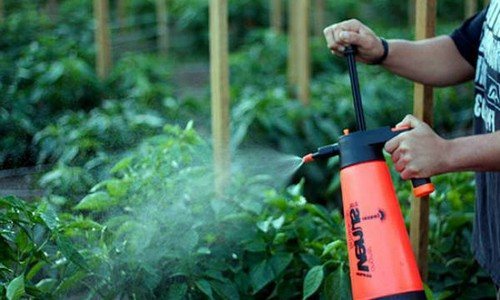
Superphosphate is a universal fertilizer that promotes harmonious development, increasing the yield and taste characteristics of vegetable and fruit crops. However, it should be remembered that in order to achieve the maximum effect, you should adhere to the indicated dosage and method of applying the substance, especially in the spring. Deviation from these standards to a greater extent can harm young, unrooted plants.


